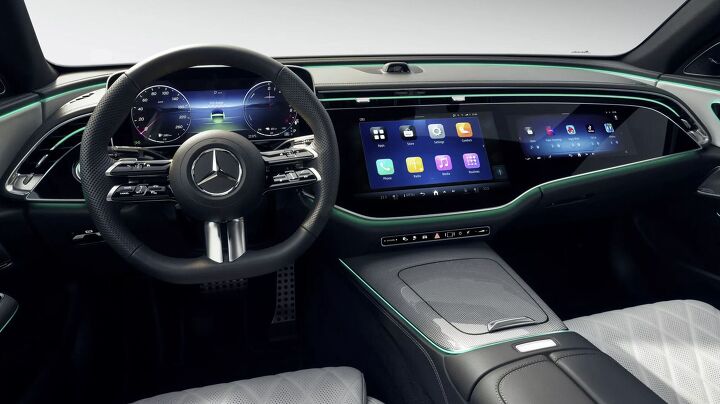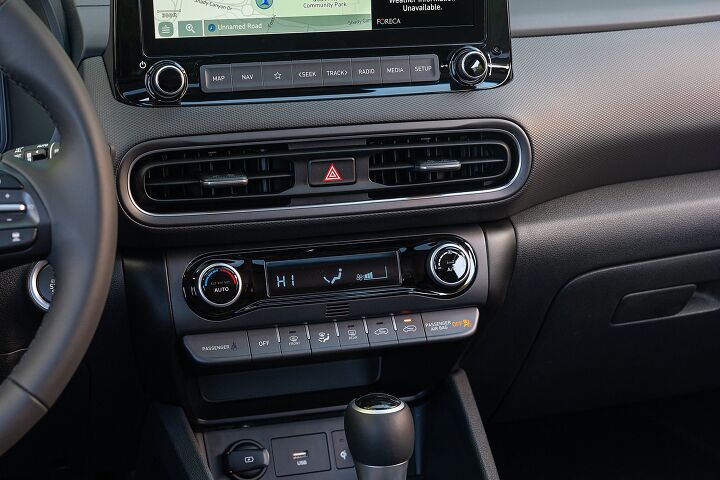#TouchScreens
Automakers Sticking with Screens Are Going to Receive Bad Safety Ratings in Europe
Updated European safety certifications may discourage global automakers from leaning so heavily upon touch controls in the future. While not a formal government regulator, the European New Car Assessment Programme (NCAP) is extremely influential in a manner similar to the United States’ Insurance Institute for Highway Safety (IIHS). These are the entities testing the crash worthiness of modern automobiles, or bench-marking industry safety standards, and Euro NCAP has elected to make distracted driving a major issue moving forward. By 2026, any vehicles sold within the European market will need to include physical controls to be deemed truly safe.
Opinion: People Are Waking up to the Perils of Modern Automotive Features
One of the most infuriating things about this job is watching the media scratch its head about why roadway fatalities keep going up when the answer is as plain as the touchscreens on their dashboards. Modern vehicle interfaces are much more cumbersome than their predecessors and yet we’ve seen years' worth of coverage offering all the insight or a shrug. While there are certainly other reasons crashes have spiked (e.g. drug and alcohol abuse), the alluring tablet located next to your steering wheel has been the elephant in the room nobody was talking about — not with the seriousness that is deserved.
But things could be changing.
Hyundai Design Chief Promises Buttons Will Always Have a Place
There’s a growing divide in the automotive community over whether buttons or screens are the better approach to interior design. Automakers seem hellbent on replacing every physical control with a less tactile touch-sensitive button, but at least one has put a stake in the ground for buttons. Hyundai’s head of design recently told journalists that the automaker would continue to use physical buttons for some controls, noting that it’s essential that the driver be able to feel controls for safety and other vital vehicle settings.
Automotive Study Confirms What You Already Know About Buttons VS Touchscreens
If you've ever piloted a modern vehicle, you've likely noticed that touchscreens have started supplanting physical controls. You've also probably found that they're not as easy to interface with as the buttons, switches, and knobs they're replacing. Well, there's another study out that's supporting what drivers have known for years – touchscreens don't make for intuitive vehicle controls and may even make the whole process of getting to your destination a little more treacherous.
A Lesson for Automakers? Navy Abandons Touchscreen Controls Over Safety Concerns
The U.S. Navy has decided to convert the touch screens installed on its destroyer fleet back to mechanical controls after the National Transportation Safety Board (NTSB) cited them in the fatal collision between the USS John S McCain and tanker Alnic MC in 2017. They were also referenced in the collision report released after the USS Fitzgerald collided with the ACX Crystal container ship. While the reports dealt largely with crews being improperly trained on the system’s various functions, the complexity of the graphical interface was cited as a potential issue in itself.
This encouraged Naval Sea Systems Command to conduct fleet surveys in the hope it could get a handle on how officers felt about the systems. The result? Crew members said they wanted more physical controls, echoing the cries of automotive safety advocates the world over.




















Recent Comments